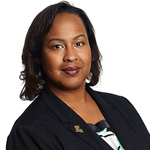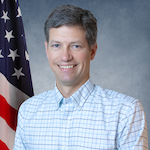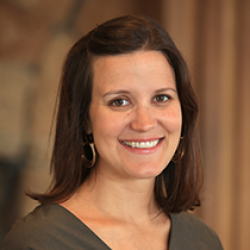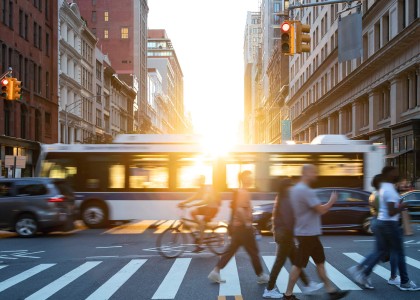In our new Rural Energy Burden report, we find that low-income residents spend a much bigger share of their income on energy bills than other Americans. ACEEE has increasingly focused on this “energy burden” in recent years, because we want to make energy affordable for everyone. At our Summer Study on Energy Efficiency in Buildings next month, we will devote an entire panel to equity.
Register today – Availability is limited
We will also hold a plenary session on the topic, and I’m pleased that the speaker will be Colette Pichon Battle, executive director of the Gulf Coast Center for Law and Policy. She has done a lot of work to highlight the need for equity in energy efficiency, prompted partly by watching Gulf recovery efforts after Hurricane Katrina in 2005 and the Deepwater Horizon oil spill in 2010.
“I saw whole cities being ‘re-conceptualized,’ planning being done for a new New Orleans, a new Gulf Coast,” she told me in a pre-Summer Study interview. “Too many times, I’m sad to say, those plans for a new and better tomorrow were made without the voices of people who had just experienced catastrophic events. And when communities were brought in, it was generally to affirm what others had generated without them.”
But for equity to be true, Battle said, “it has to be at the core of a planning process. And those most marginalized have to be included in the conceptualization, not just affirmation of the plan.”
Summer Study’s Panel 13, “Energy Efficiency and Equity: Addressing the Underserved,” will explore ways to incorporate the issue into program planning. Speakers will look at programs in several states, including Illinois and Pennsylvania, and rural areas. They will discuss inclusive financing, workforce development, healthy home benefits, solar integration, and utility rate design.
The panel will also highlight those most adversely affected by high energy bills. Chip Berry, lead survey statistician at the US Energy Information Administration (EIA), will provide a snapshot in his presentation, “Who’s Energy Insecure?
You Might Be Surprised.” EIA’s analysis is based on the 2015 Residential Energy Consumption Survey, which asked participants whether they faced challenges in paying energy bills or keeping their home at a livable temperature.
“If they answered that they experienced any of these situations, even if only for a short time period, they were classified as energy insecure,” Berry said in an ACEEE interview, noting that 31% of surveyed US households met this definition. “Reducing or foregoing basic necessities, such as food and medicine, in order to pay an energy bill was the most commonly reported challenge (21%), followed by receiving a disconnect or non-delivery notice (14%). Less commonly reported were loss of heating (5%) or air-conditioning (6%) due to financial hardship.”
EIA found energy insecurity occurred most often among households that are larger, low-income (less than $20,000 annually), black or African-American, or Hispanic. It was also most common among residents of older homes, mobile homes, and small apartment buildings (2-4 units). Only 6% of households reported receiving financial assistance to help pay energy bills or fix broken heating or cooling equipment.






